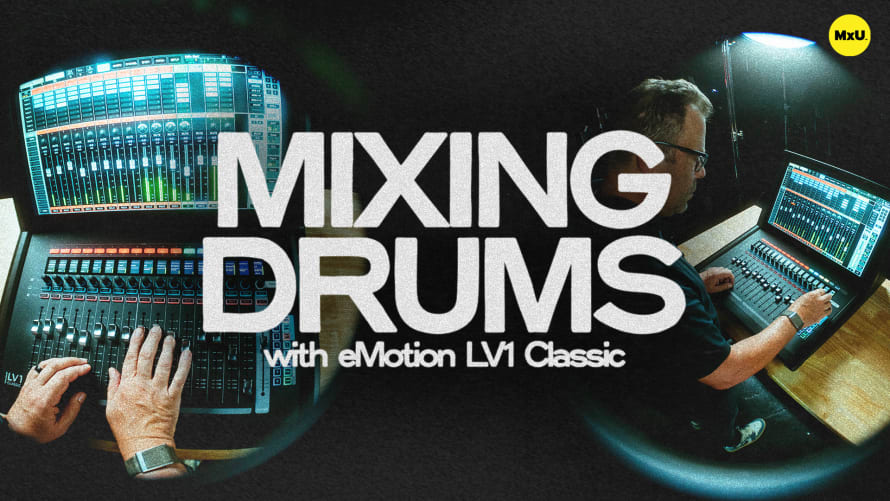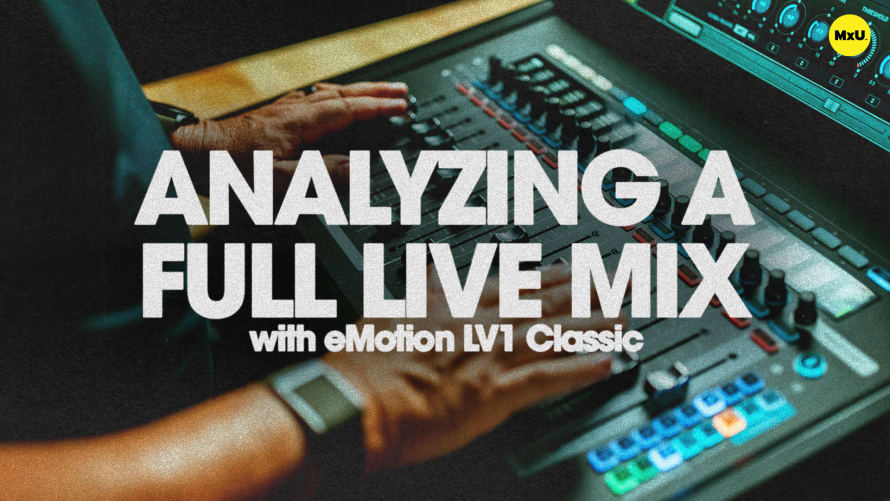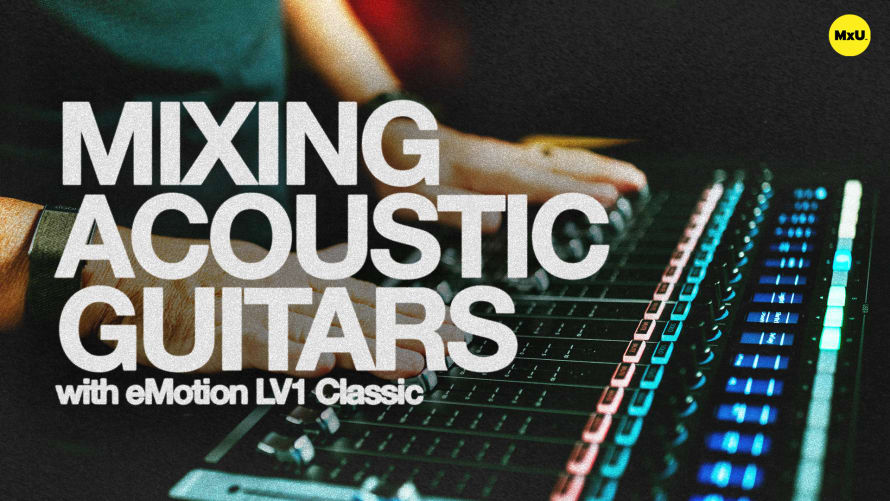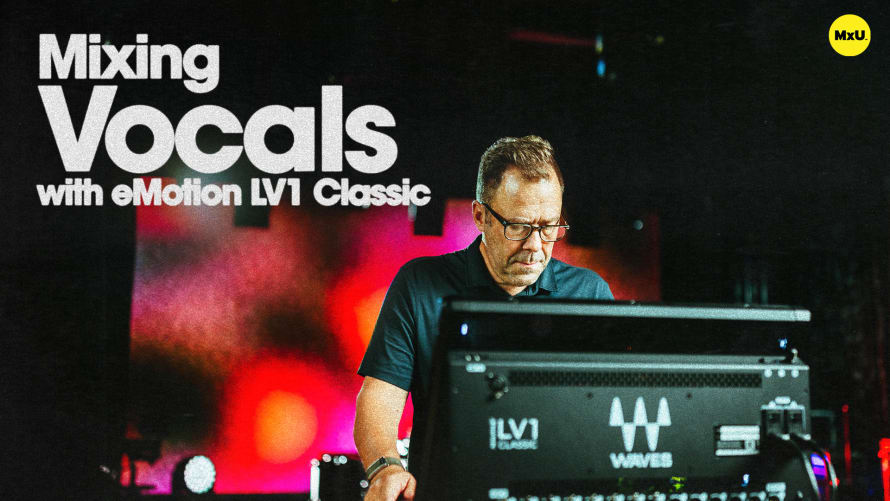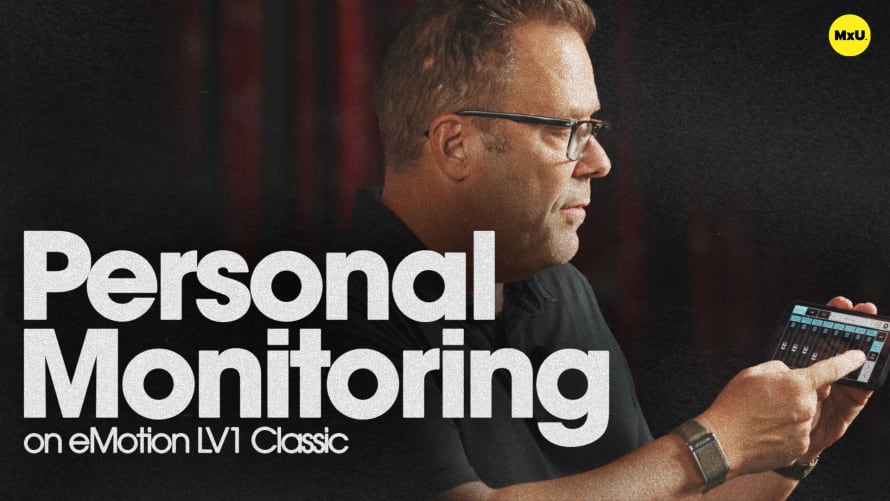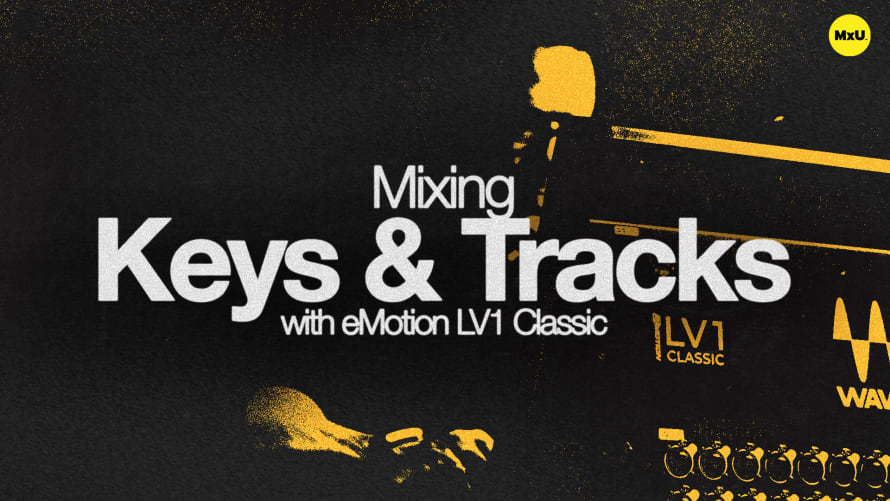Mixing Drums with eMotion LV1 Classic
Mixing drums in eMotion LV1 Classic provides powerful tools for shaping your live sound. This overview covers essential techniques for processing kick, snare, toms, and overheads, as well as group processing and reverb. Key concepts include using gates and EQ to manage bleed, balancing dry and compressed signals, and selecting appropriate reverbs to match the song's energy.
Drum Channel Processing
The LV1 Classic comes with 16 built-in plugins, including the Emo suite and D5 Dynamics. These provide a solid foundation for drum mixing, with additional third-party plugins available for expanded options.
Kick drum processing focuses on balancing the inside and outside mics, checking for phase issues, and using EQ to shape the tone. The snare often benefits from gating to reduce bleed, while EQ helps achieve the desired crack and body. Tom processing typically involves aggressive gating to isolate the drum hits from cymbals and other drums.
Group Processing and Compression
A two-bus approach to drum mixing can add depth and character. Route all drum channels to a "dry" group for unprocessed sound, and skin drums (kicks, snares, toms) to a heavily compressed "smash" group. Blending these groups allows for flexible control over the drum sound's impact and thickness.
Reverb Selection and Application
Choosing the right reverb is crucial for creating depth and space in your drum mix. LV1 Classic includes TrueVerb and RVerb, with additional options available through third-party plugins. Experiment with different reverb types and parameters to match the song's style and energy. Consider using high-pass and low-pass filters on the reverb send to further shape the effect.

